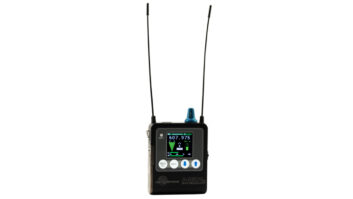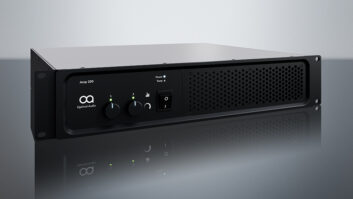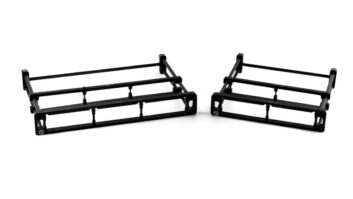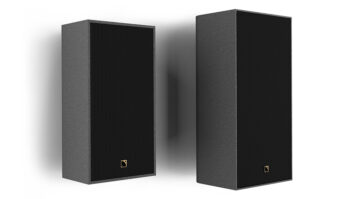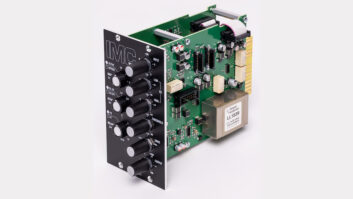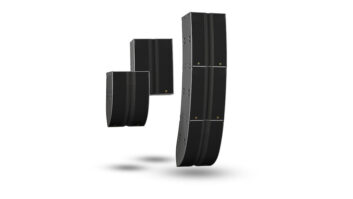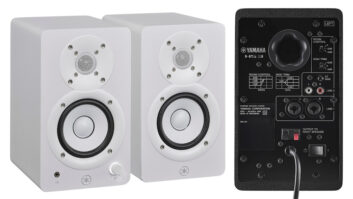Rio Rancho, NM – June, 2010… Lectrosonics, recognized the world over as a leading manufacturer of wireless microphone systems and audio processing products, is pleased to announce that the company’s ASPEN Series of DSP matrix audio processors is expanding and that select models are now shipping. Employing sophisticated proprietary algorithms developed by Lectrosonics and the latest in high-speed DSP hardware, the new ASPEN Series features include TCP/IP control over Ethernet, unlimited input expandability, real-time clock, 48-channel matrix bus, 1 Gbps expansion port, and true 48-Volt phantom powering for all inputs.
New ASPEN Series products to be unveiled during this year’s InfoComm trade show—held from June 5-11 (exhibits, June 9-11)—in Las Vegas, NV will include the SPN2412, SPN1612, and SPN812 matrix processors, as well as the SPNTrio teleconferencing processor. All units are RoHS-compliant (Restriction of Hazardous Substances) and employ the ASPEN port with 1 Gbps throughput capability for audio and control data on a single CAT-6 line.
Lectrosonics’ SPNTrio combines a matrix mixer with a telephone hybrid and a 2-channel power amp for an all-in-one conferencing solution. With 2 CODEC and 1 line input, 8 mic/line inputs, 8 line outputs, and 4 mic/line outputs, the SPNTrio offers a wide range of connection possibilities. The 1 Gbps ASPEN port facilitates unlimited input expansion, should one’s requirements grow over time. Control via Ethernet, RS232, or programmable inputs makes designing around the Trio a snap.
At the heart of the ASPEN system is Lectrosonics’ proprietary Proportional Gain Algorithm (PGA) for auto-mixing without the use of noise gates, resulting in transparent audio and increased gain before feedback. Five mixing modes are individually selectable for every matrix cross point.
Every input in the ASPEN system supports mic- or line-level signals and includes a 1/3-octave noise reduction filter, an 8-notch feedback suppressor, delay, a 4-band 4th-order filter set, a dynamic compressor, and two level meters. 48V phantom power is available on all inputs—enabling the widest possible compatibility with all microphone types. . Every output includes an eight-stage, 4th-order filter set, delay, dynamic compressor, limiter, and level meter. All inputs and outputs are fully differential.
Programming and access of ASPEN devices is handled via a single, centralized point of control through Ethernet, USB, or RS-232. The system also allows for simultaneous multi-point 3rd-party (Crestron® and AMX®) and native control.
Equally significant, Lectrosonics recently commenced shipping several of its ASPEN Series products: the SPN1624 matrix mixer, the SPN16i input-only module, and the SPNConference telephone hybrid unit for teleconferencing.
Pricing of the new Lectrosonics ASPEN Series processors are as follows:
SPN812 matrix mixer: $4,000.
SPN1612 matrix mixer: $6,500
SPN2412 matrix mixer: $7,085.
SPNTrio all-in-one unit: $6,500.
Karl Winkler, Lectrosonics’ Director of Business Development, commented on the company’s new ASPEN Series product line, “These four new devices in the ASPEN line round out the series and provide exceptional tools for designers and installers of conferencing sound systems. The Trio, in particular, will be an ideal single-box solution for smaller installations such as conference rooms in a law office or smaller courtroom. �
About Lectrosonics
Well respected within the film, broadcast, and theater technical communities since 1971, Lectrosonics wireless microphone systems and audio processing products are used daily in mission-critical applications by audio engineers familiar with the company’s dedication to quality, customer service, and innovation. Lectrosonics is a US manufacturer based in Rio Rancho, New Mexico. Visit the company online at www.lectrosonics.com.
Availability of the ASPEN SPN2412, SPN1612, SPN812 matrix processors, and the SPNTrio teleconferencing processor is slated for Q3 2010.
###

